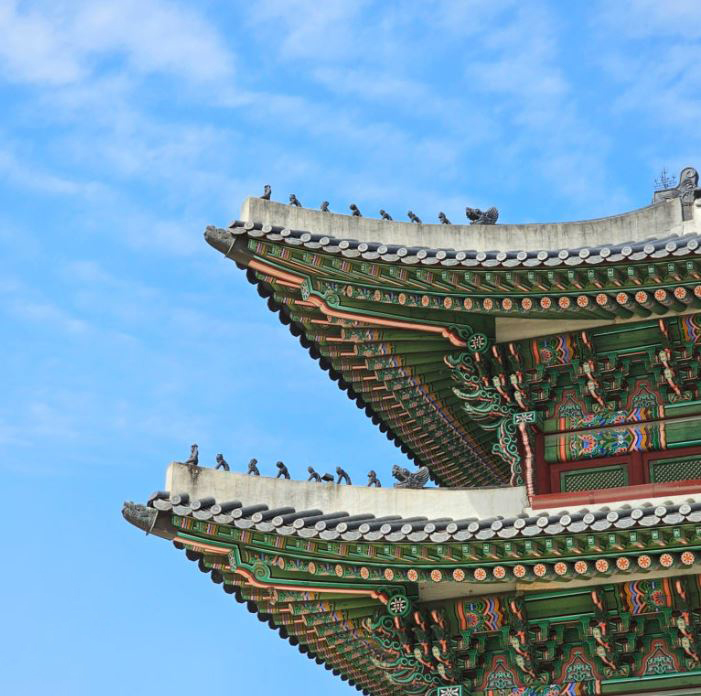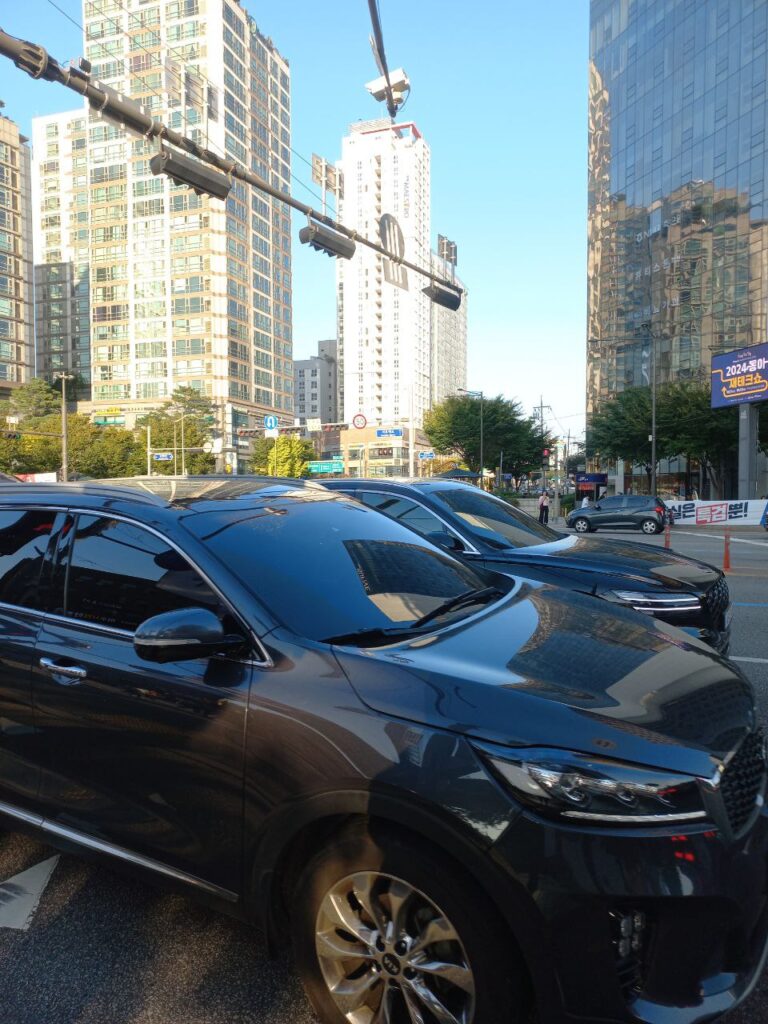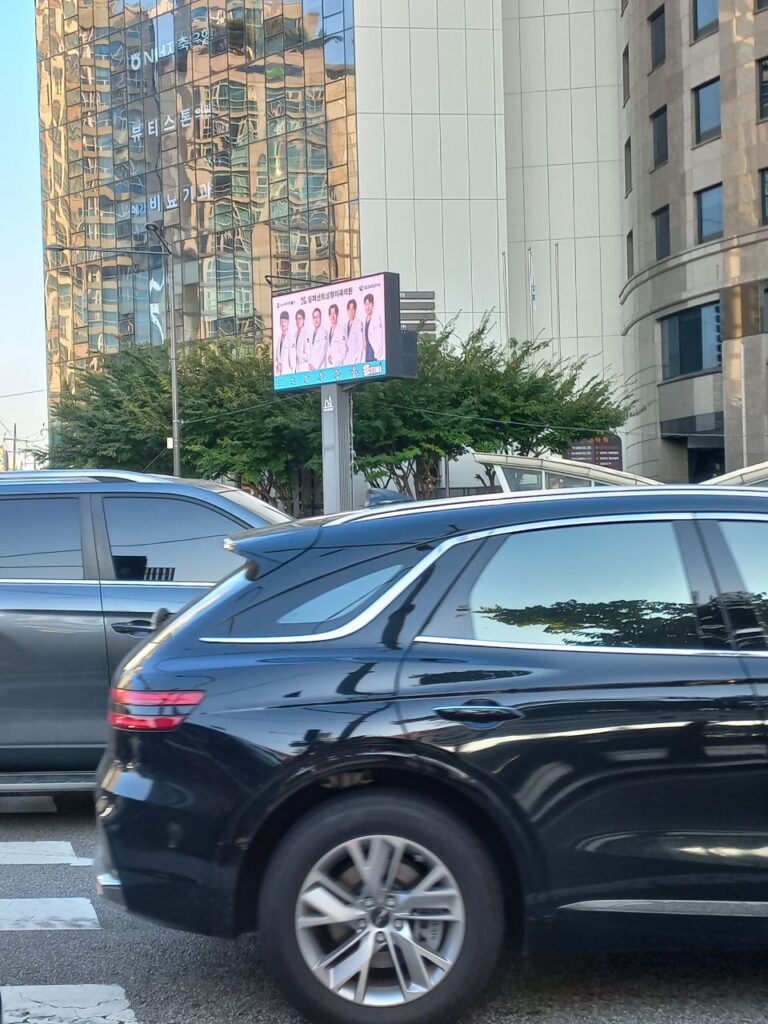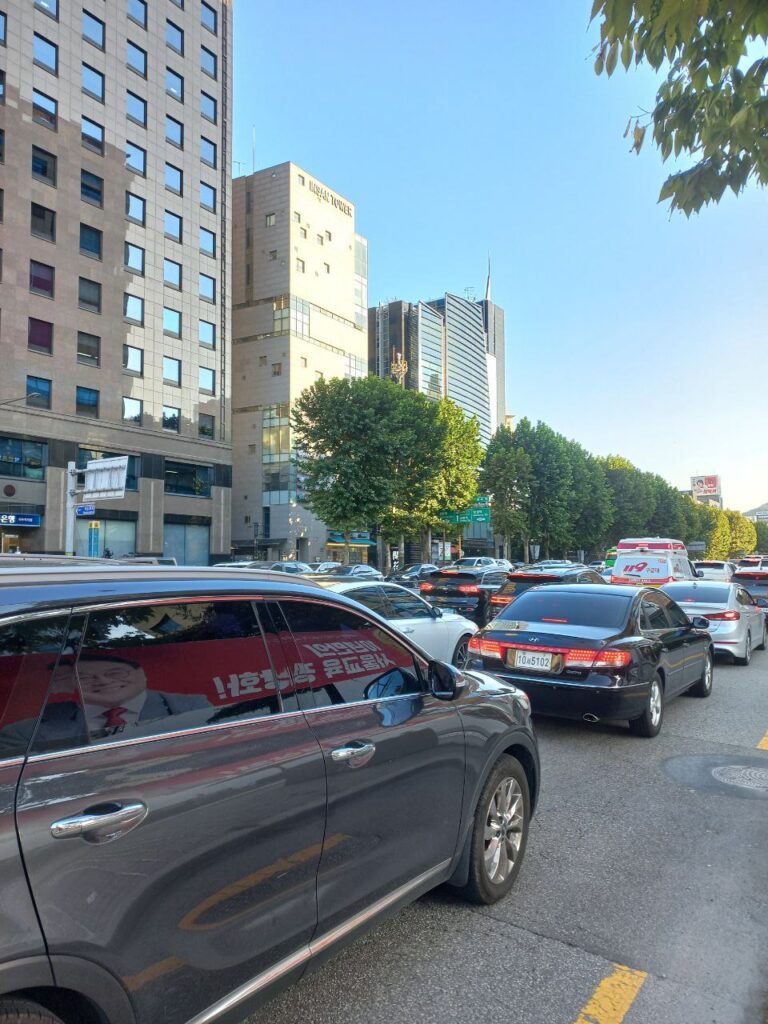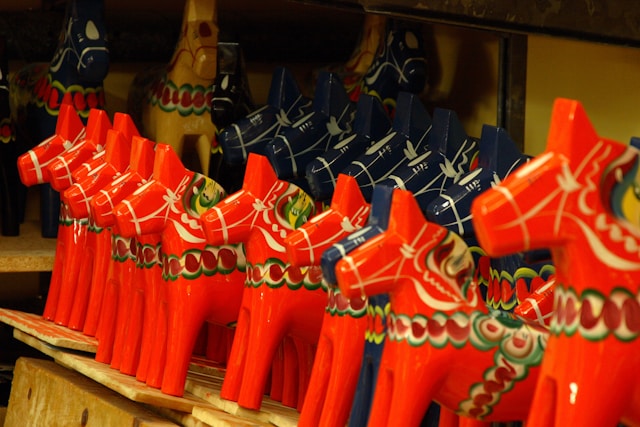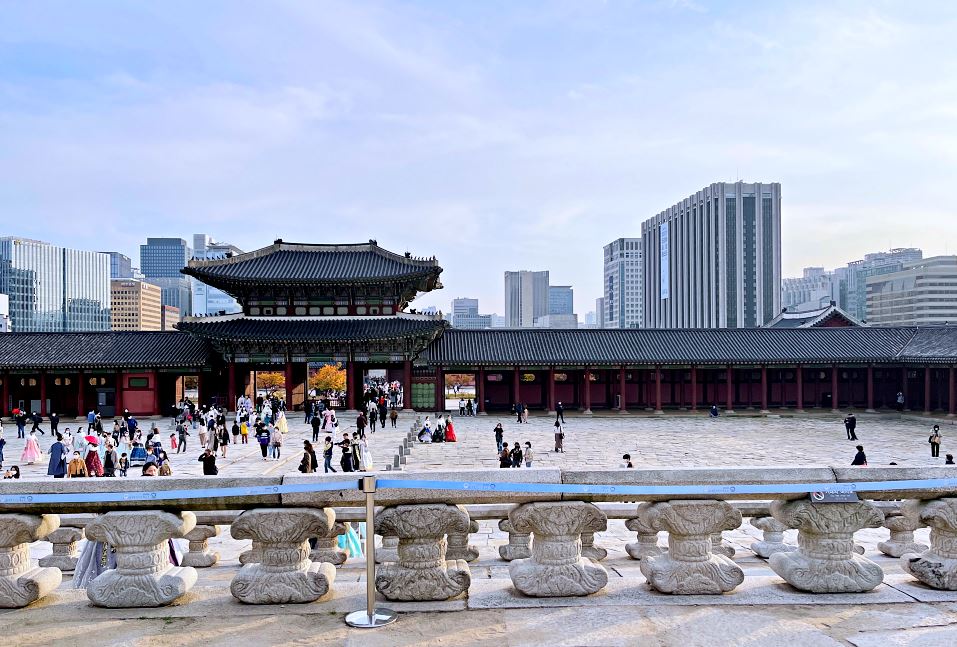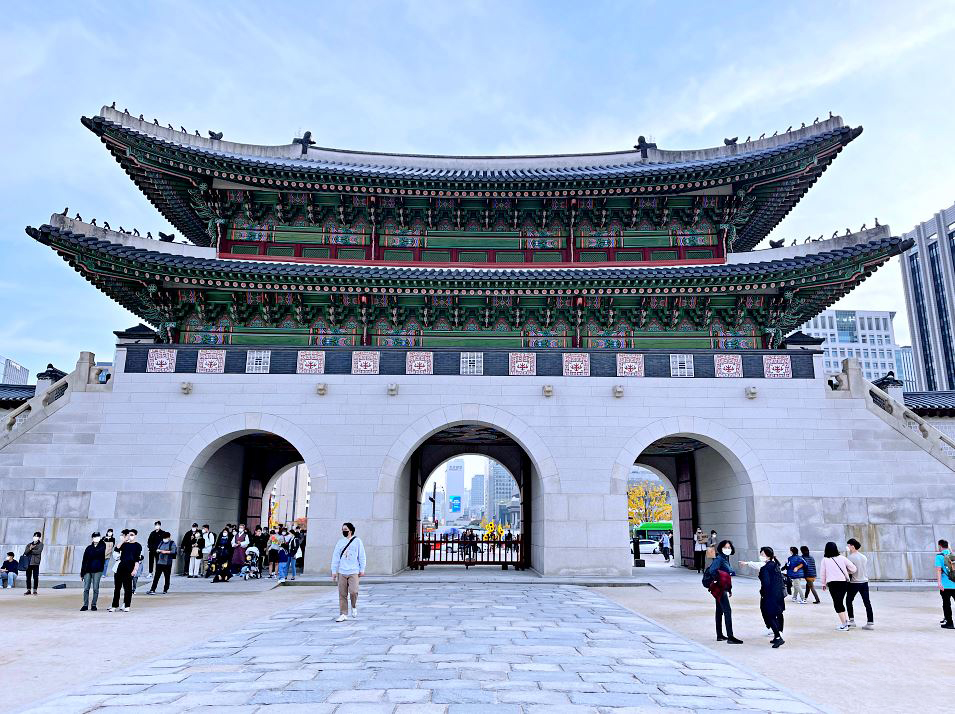Korean cars have gained immense popularity globally, thanks to their innovative designs, cutting-edge technology, and competitive pricing. From the bustling streets of Seoul to major cities around the world, brands like Hyundai, Kia, and Genesis have become household names. But how did Korean cars go from local favorites to global icons? Let’s explore.
1. Innovation & Technology
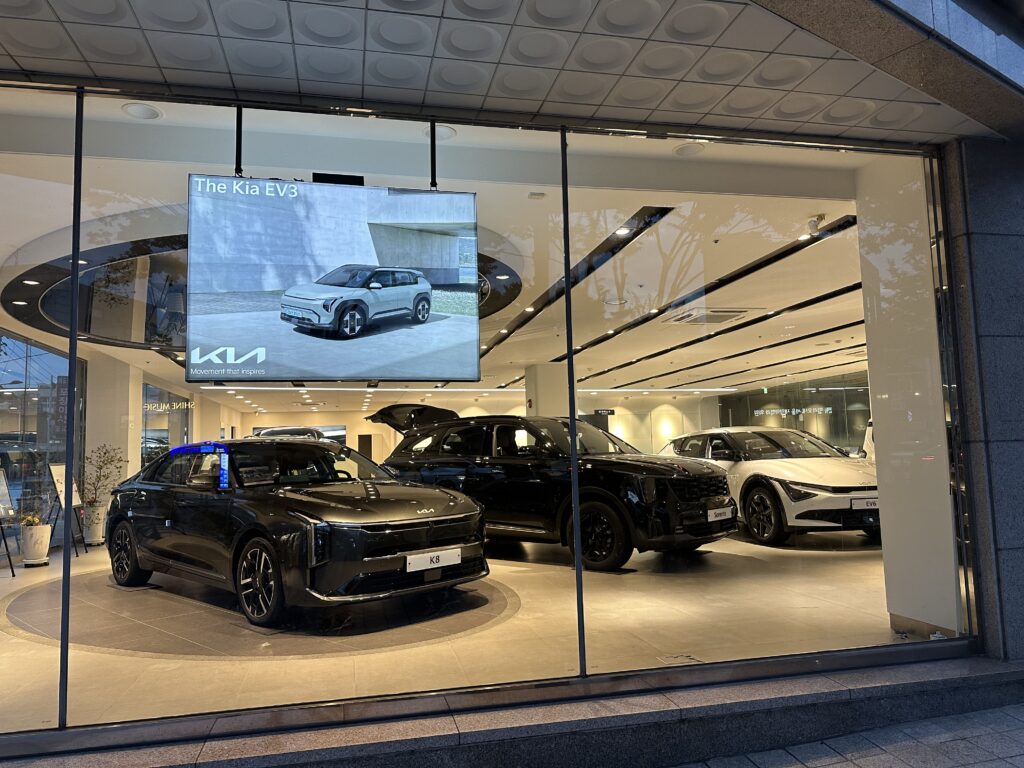
Korean car manufacturers have been at the forefront of automotive technology. Hyundai and Kia, for example, are known for integrating advanced features like smart safety systems, electric vehicle (EV) technologies, and self-driving capabilities. Their electric vehicles, such as the Hyundai Ioniq and Kia EV6, are among the most popular in the EV market, competing directly with industry giants like Tesla.
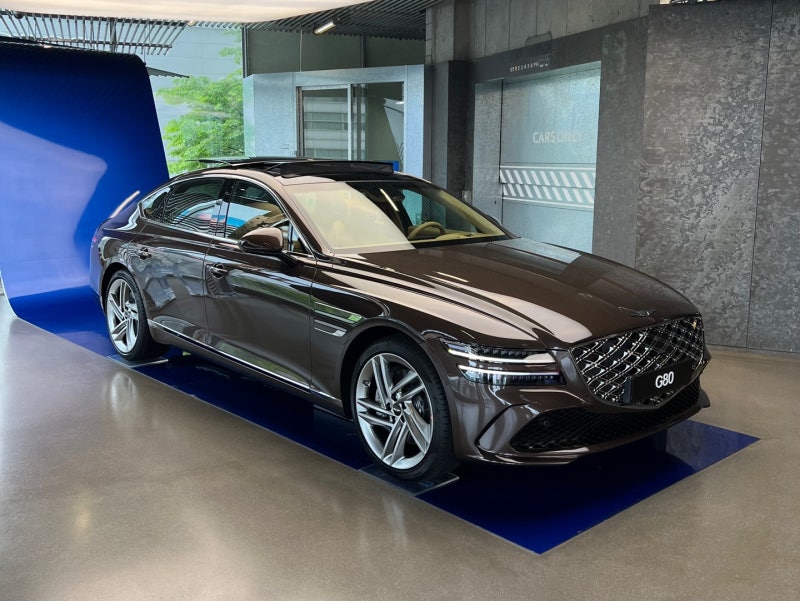

2. Affordability & Value
One of the key reasons behind the global success of Korean cars is the value for money they offer. Korean automakers have found a sweet spot between affordability and quality. Cars like the Hyundai Sonata and Kia Sportage offer high-end features and reliability at a much lower price point compared to European or Japanese competitors.
3. Sleek & Modern Design
Korean car brands are known for their sleek, modern designs that appeal to a global audience. The Genesis brand, for instance, has become synonymous with luxury and style, offering vehicles that rival top European brands like BMW and Mercedes-Benz. With a focus on aesthetics and user experience, Korean car designs continue to win numerous international awards.

4. Sustainability Efforts
In an era where environmental concerns are paramount, Korean carmakers have also embraced sustainability. Hyundai’s NEXO hydrogen fuel cell vehicle and Kia’s eco-friendly models are prime examples of how the country is leading the charge in producing sustainable and energy-efficient cars.
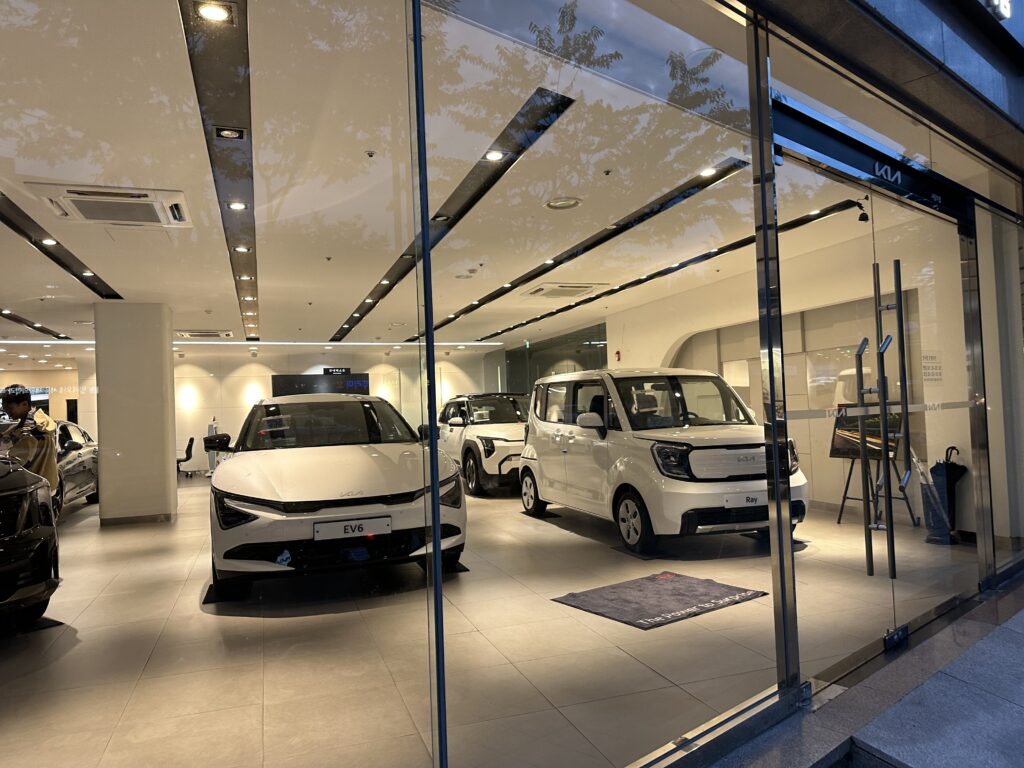
5. Global Recognition
Korean cars have earned their place among the top automakers in the world, with many models frequently appearing on best car lists. Awards such as Car of the Year from global automotive organizations affirm the quality and innovation of Korean cars.
Why Should You Consider a Korean Car?
Whether you’re looking for a fuel-efficient city car, a luxury sedan, or an electric vehicle, Korean car manufacturers have something for everyone. With a strong emphasis on customer satisfaction, warranties, and after-sales services, owning a Korean car ensures a reliable and rewarding driving experience.
With a combination of affordability, innovation, and sustainability, Korean cars have truly carved out a niche in the global automotive industry, earning love and admiration from drivers worldwide.
